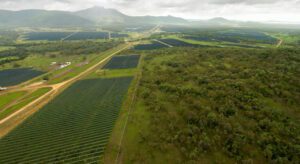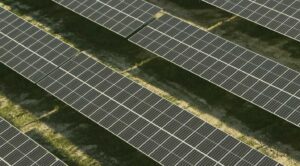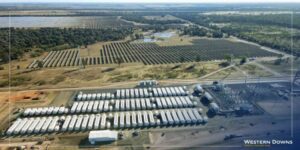Researchers from South Korea’s Incheon National University says they have developed two new machine learning-based models that better estimate the power generated by solar systems, helping to boost output from solar farms and better integrate the technology into power grids.
Machine learning – a form of artificial intelligence where a “machine” is taught how to “learn” to predict something – is already an integral part of many solar projects around the world, and is used to predict output hours in advance.
.One specific type of machine learning model, called adaptive neuro-fuzzy inference system (ANFIS), has been widely used for forecasting the performance of complex renewable energy systems, and been found to be highly accurate in predicting a renewable project’s performance.
Now, under the leadership of Professor Jong Wan Hu, an Incheon University research team has developed two new ANFIS-based machine learning models to better estimate the power generated by solar PV systems and up to a full day ahead.
“In terms of software, our models can be turned into applications that accurately estimate photovoltaic system values, leading to enhanced performance and grid operation,” said Professor Hu.
“In terms of production, our methods can translate into a direct increase in photovoltaic power by helping select variables that can be used in the photovoltaic system’s design.”
More than simply predicting the amount of power a solar project might generate, the new models help predict the performance and life expectancy of a project based on a range of factors – including the environment, load, design, and construction.
These factors are then used to predict sunshine duration and solar irradiance, taking into account uncertain weather and climate conditions, to provide a more comprehensive predictive analysis of a solar project’s generating ability.
The researchers compared their two new models against other ANFIS-based hybrid algorithms, testing their predictive abilities using real data from an actual solar PV system in Italy used in a previous study.
The results were hugely impressive.
“One of the two models we developed outperformed all the hybrid models tested, and hence showed great potential for predicting the photovoltaic power of solar systems at both short- and long-time horizons,” said Professor Hu.








